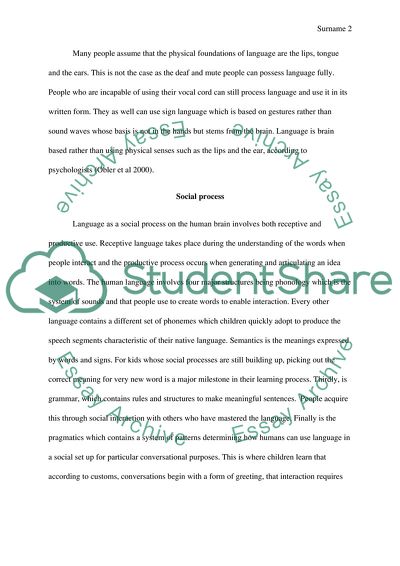Cite this document
(Language and Brain Report Example | Topics and Well Written Essays - 2250 words, n.d.)
Language and Brain Report Example | Topics and Well Written Essays - 2250 words. https://studentshare.org/humanitarian/1855887-language-and-brain
Language and Brain Report Example | Topics and Well Written Essays - 2250 words. https://studentshare.org/humanitarian/1855887-language-and-brain
(Language and Brain Report Example | Topics and Well Written Essays - 2250 Words)
Language and Brain Report Example | Topics and Well Written Essays - 2250 Words. https://studentshare.org/humanitarian/1855887-language-and-brain.
Language and Brain Report Example | Topics and Well Written Essays - 2250 Words. https://studentshare.org/humanitarian/1855887-language-and-brain.
“Language and Brain Report Example | Topics and Well Written Essays - 2250 Words”. https://studentshare.org/humanitarian/1855887-language-and-brain.


